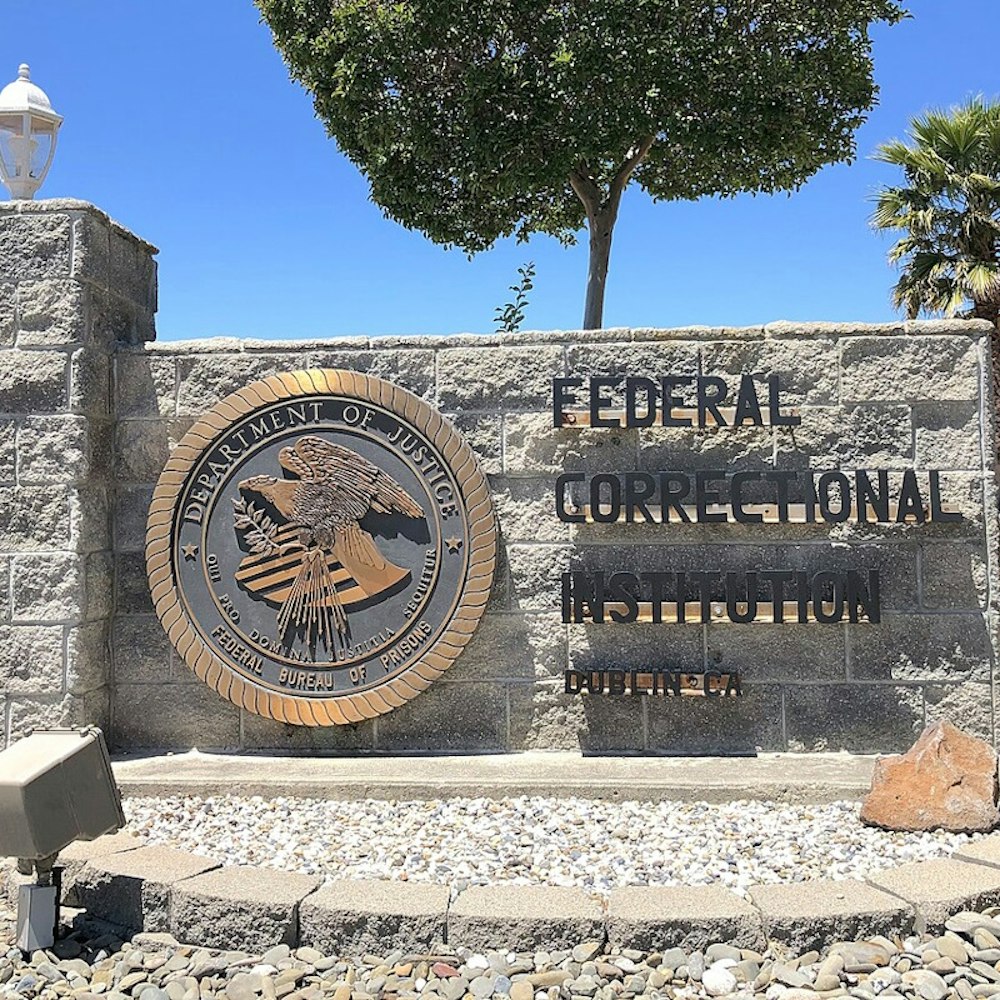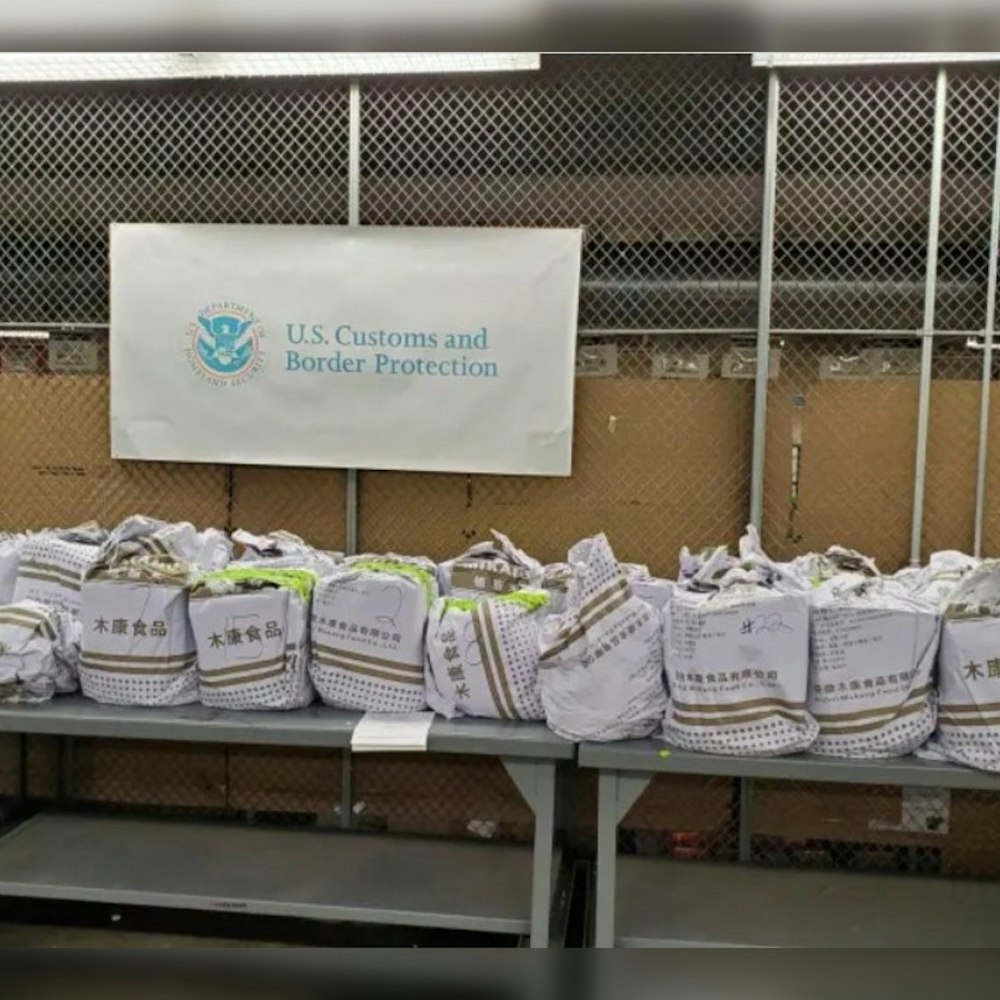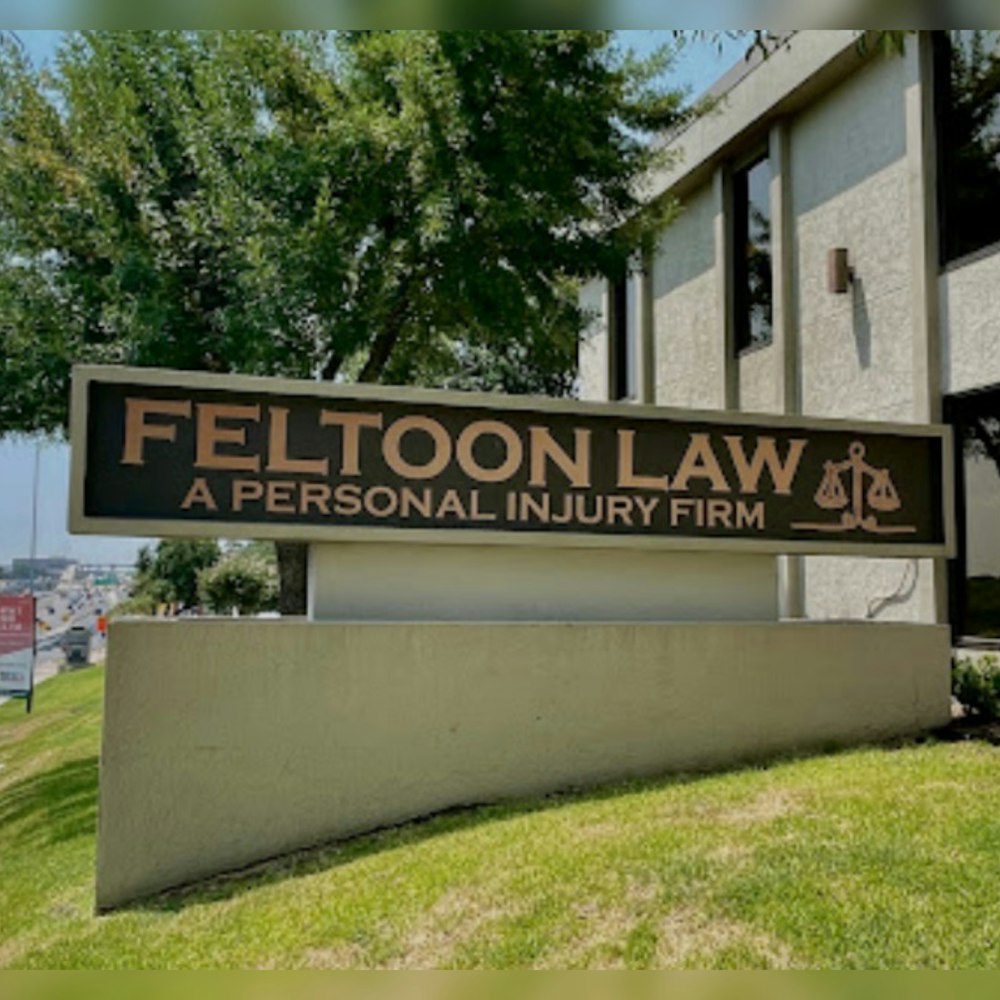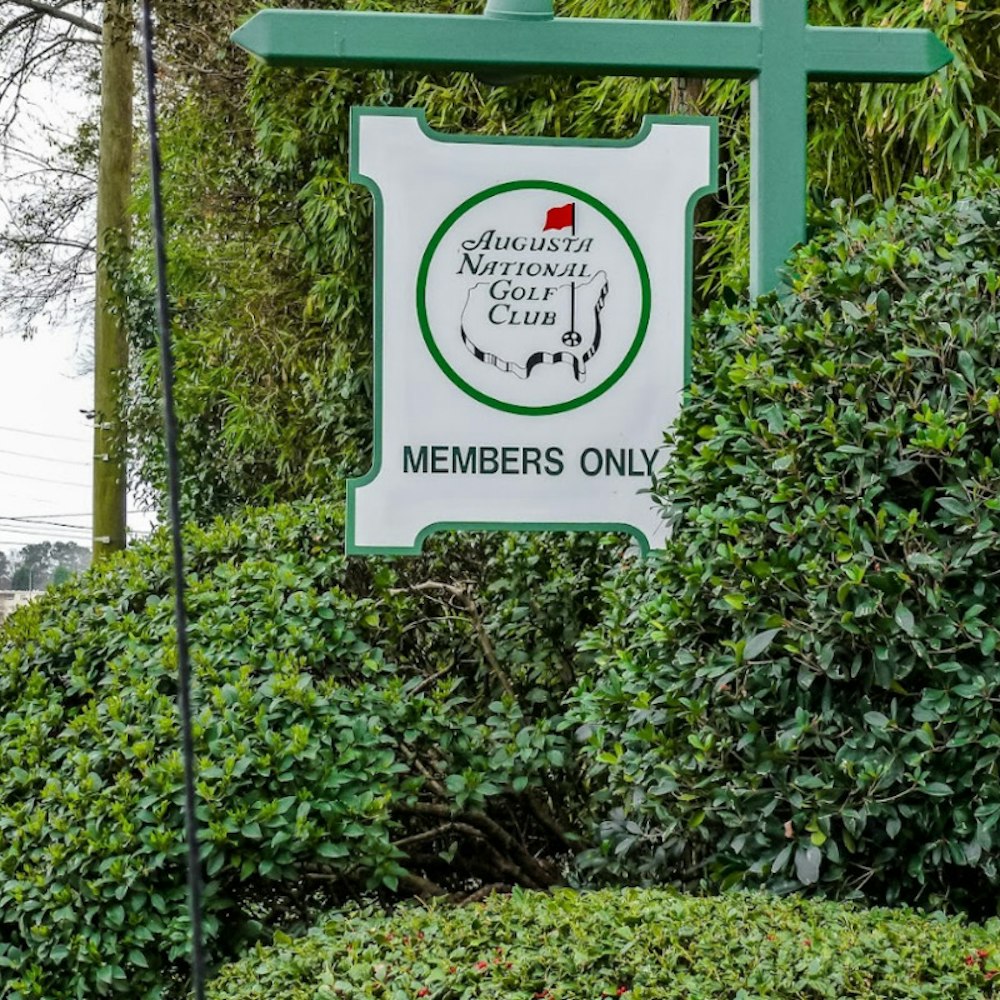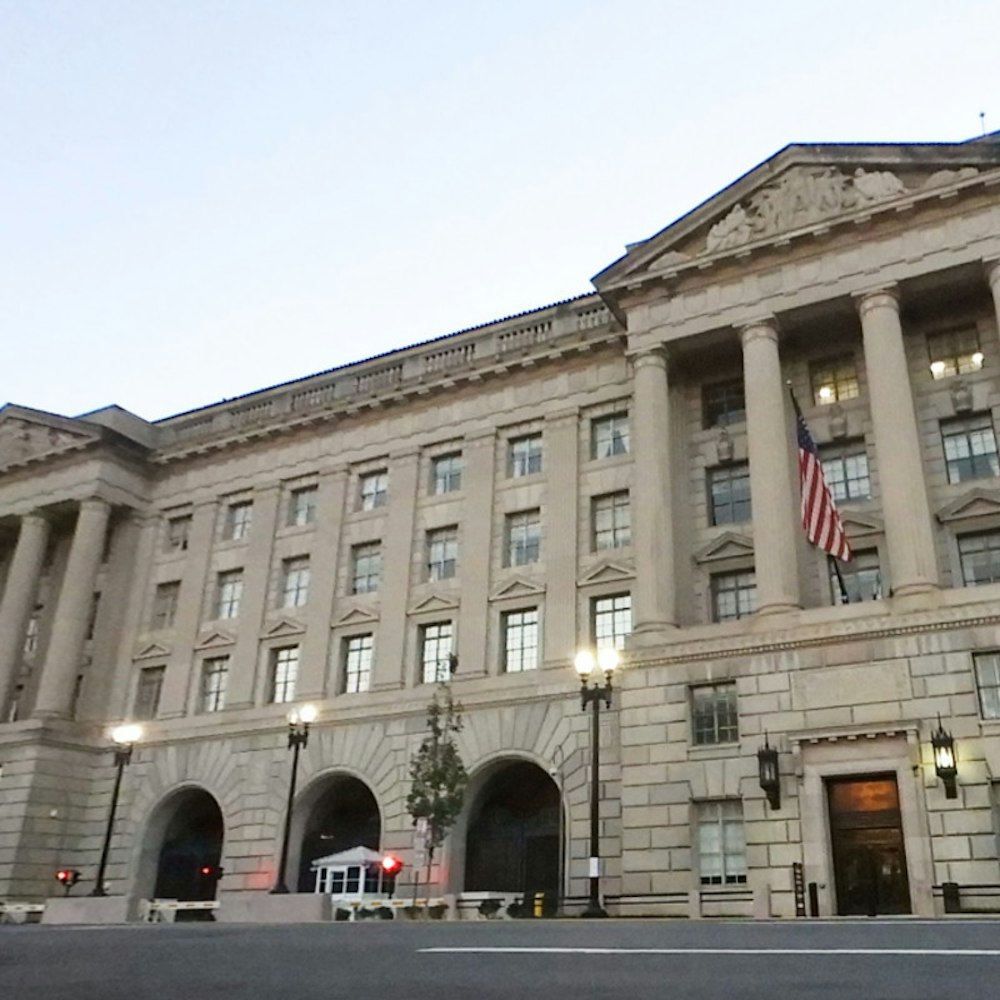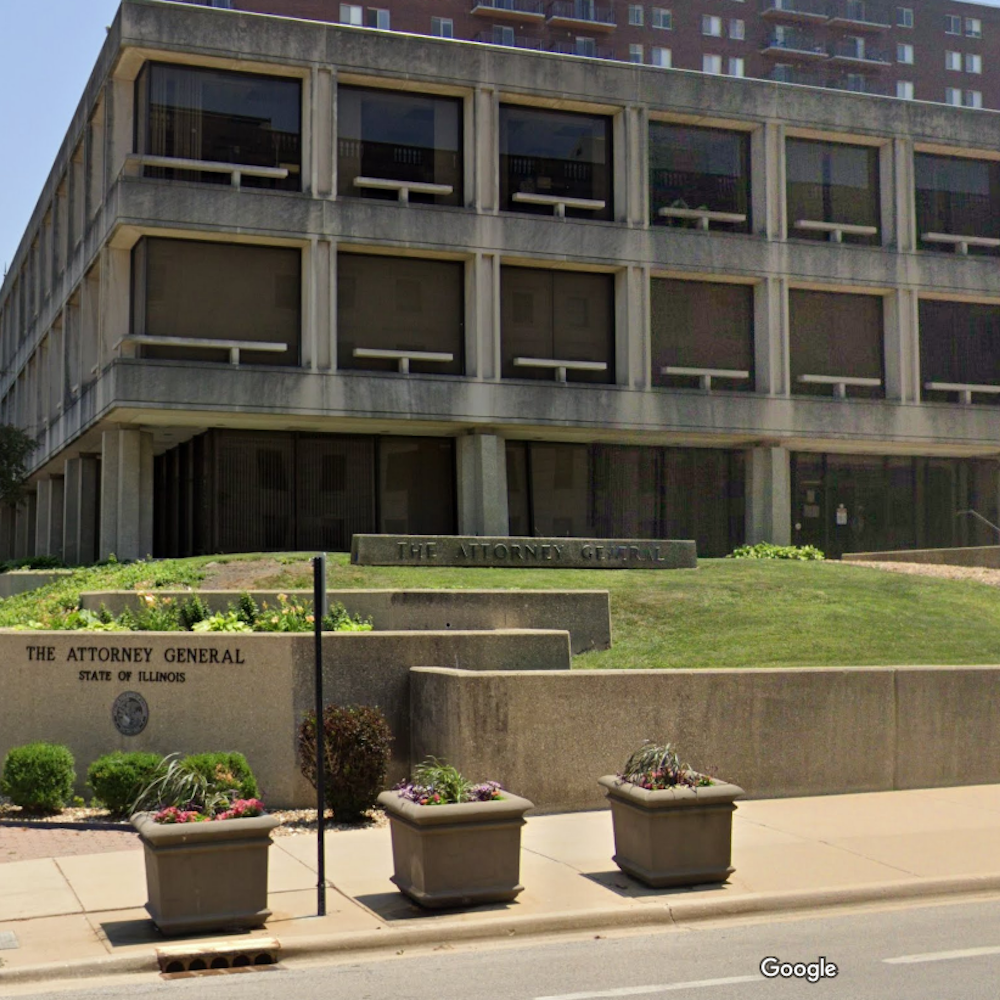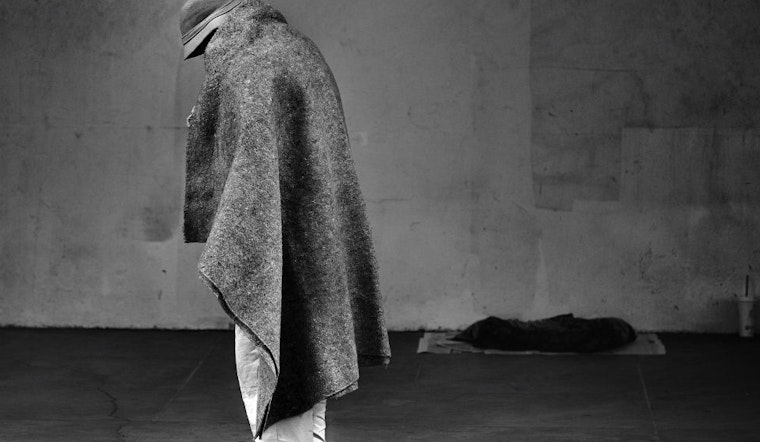
Last month, the city’s Human Services Agency released a report detailing the status of San Francisco's Ten Year Plan to End Chronic Homelessness, which was instituted by Gavin Newsom in 2004. The report contains some good news and some not great news, and a whole lot of information to get your head around.



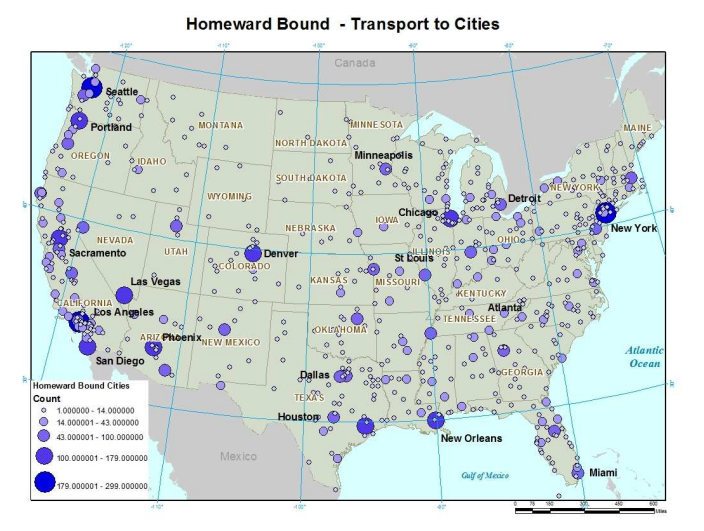
THE REPORT'S FINDINGS
In a lengthy foreword, Mayor Ed Lee details what he sees as the successes of the program so far. According to Lee, the city has housed about 11,000 people, and the overall percentage of homelessness has decreased by half from the period spanning 2009-2013. There is now a set target of ending veteran homelessness by 2015, and a goal to create a whopping 10,000 new affordable (meaning “low-mid income”) homes by 2020.
Lee's proposed two-year budget includes $29 million dedicated to services for San Francisco’s homeless population, with $8.5 million going towards mental health services, $11 million for 419 additional transitional and supportive housing units, $4 million for shelter services (including the construction of a women’s winter shelter), and $3 million for eviction protection and rapid rehousing.

source: SF Human Services Agency
The Chronicle recently covered the release of the report, cutting through some of its flowery language to get to the hard truths underneath. For instance, according to the article, the actual number of homeless people (6,436, with 1,977 considered chronically homeless) in San Francisco has not budged since 2005 (there was a spike in 2009, which accounts for the 50% decline cited in the report. See graph above). The Housing First Program, which emphasized the need to house individuals before treating other issues, was going great until about the time the economy crashed and we got a new mayor, at which point the program was largely shelved in favor of so-called disincentive measures, like the Sit/Lie law, which was narrowly passed in 2010.
San Francisco spends more per capita on homelessness than any other city in any other country in the world, the Chronicle reports. Once a big proponent of city programs, Newsom is quoted as saying that he sees San Francisco’s homeless problem as “the manifestation of complete, abject failure as a society,” and that the city can’t solve it alone. But in his foreword to the recent report, Mayor Ed Lee declared that his goals are consistent with the goals set in 2004, despite the fact that homelessness numbers haven't budged and the Housing First initiative was tabled.
THE BUREAUCRACY OF HOMELESSNESS
In the Haight, we’ve seen a shift in perspective back to the Housing First way of looking at the problem. We recently covered the creation of Taking It To The Streets, an organization by Christian Calinsky and Carlie Leduc which aims to help transition the homeless community into housing. In our initial interview, Calinsky touched on the idea that services, which comprise about half of the city’s homeless budget (the other half going to housing), keep people trapped in the cycle of homelessness without giving them the real help they need to break free.
In his view, the major issue with services and housing offered is bureaucracy. There are some services people can receive almost immediately, with very little hassle. CalFresh is a good example, as it's possible for a person to receive food stamps within 24 hours of applying to the program.
Other services, however, require a staggering amount of box-checking, with very little room for error.
Calinsky told us about someone who was dutifully going through the process to receive General Assistance. After five weeks of submitting forms, attending meetings, and performing the duties required of him, he missed an appointment and was back where he started. Showing up on time for multiple meetings is a challenge for some people with smartphones and Clipper Cards, let alone for people without the $2 needed to get on the bus to the mandatory meeting. The hurdles, Calinsky told us, are nearly impossible to overcome for people living outside.
San Francisco has so many services geared toward helping the homeless that it warrants an entire 1,114 page wiki. There are different services for food, housing, medical, employment, different services for veterans, for women and children, for legal services, for special needs groups, and dozens more. Each different service has its own acronym and its own plethora of boxes to check.
The result, as you might guess, is that if something goes wrong, a lot of people wind up relying on the simplicity of emergency and urgent care services in lieu of coordinated services. This costs the city a tremendous amount of money, an issue which is addressed in the original Ten-Year Plan:
“In the spring of 2004, it was estimated by the authors of the plan that the city had 3,000 chronically homeless people - defined by the federal government as living somewhere not meant for human habitation for more than a year or having four or more periods of homelessness over three years.Each of them was estimated to cost the city $61,000 a year in emergency room services or incarceration, but that could be reduced significantly if they were living inside - at a cost, with the housing and social services combined, of just $16,000 annually.”
For all the report’s detailed accounting, there was little in it to show how the implementation of different measures accomplished the goals set out at its inception. In this particular example, how far did a huge influx of cash and the creation of dozens of new and disparate programs go toward alleviating the burden on the city’s emergency services? We wanted to hear from the people affected most.

Jeff. Photo by Stephen Jackson/Hoodline
VOICES FROM THE STREET
We asked around. Patrick, 36, who lives in the Panhandle, said, “I go to the ER because they can’t deny. Even if you’re broke, they have to let you in. As far as medical care goes, you won’t get the best. If they can’t see you at St. Mary’s, they’ll take you to General. I haven’t had a reason to use it. I’m an able-bodied houseless person. I don’t feel like I’m homeless.”
“I use the emergency room. I don’t go to the other services," said Jeff, 47 (pictured above). "Sometimes, when something bad happens I’ll go to the ER. But I don’t do the whole health care thing. I’m not really into hospitals. And there’s not really anything wrong with me health-wise. Once in a while I’ll get hit by a car and wind up in the emergency room.”
One person, Trevor Arnold (pictured below), told us he prefers coordinated services. “Coordinated care works better for me. I drop in, get a shower, get a meal. I've been to Glide, MSC South and also St. Davis.” He told us he has used the 311 reservation line for a shelter bed. He stayed for a while, until he was kicked out for practicing Santería.

Trevor. Photo by Stephen Jackson/Hoodline.
“Homeless connect? I went down there once and it was like whatever. I just don’t take advantage of any of that. There’s no reason,” said Jeff. "Once you’re in [the system], you’re in it," he told us, echoing Calinsky’s sentiments about bureaucracy trapping people outside. "Just as I'd save up enough money, I'd transition out, and my funding would stop, and I'd be right back where I started," Calinsky told us last month.
In Calinsky's dream world, he’d own a building with a shop on the street level and low-income apartments above. “People could work in the shop or cleaning the street, pay their rent on a sliding scale, and we’d offer them job services and stuff like that to get them out of the cycle.” Real low-income housing, he specified, where monthly rent isn't in the thousands.

source: SF Human Services Agency
But he’s only one person, and while Calinsky’s ideas are a start, even an entire building full of low-income units wouldn’t address the needs of Golden Gate Park's denizens, much less the entire city's.
As it is, San Francisco seems rooted in harm-reduction with less focus on prevention and rehoming, despite the fact that the number of homeless people in the city hasn't budged. The problem, it seems, is here to stay, and the city might do well to consider the perspectives of those who've tried—and especially of those who've failed—to navigate the complicated system.
The city does have a Homeward Bound program that issues bus tickets to people who want to reunite with families elsewhere in the country, and it has served 8,000 people since its 2005 inception. There is also Direct Access to Housing, or DAH, which serves chronically homeless people with comorbid mental health or addiction issues (what the city refers to as "special needs"). But for a normal, “able-bodied, and houseless” person like Patrick, there isn't much help available to transition from street life. People like Patrick bounce around from life-sustaining service to life-sustaining service without any clear means of becoming self-sufficient.
Add to this things like the closing of the city's recycling centers, and the criminalization of living outside through disincentive programs like Sit/Lie, and the obstacles to breaking free from the cycle really pile up. And despite a decade of fighting the problem through city funding and programs, said Calinsky, “the problem is that nobody wants to go out there and listen to what’s really going on for people."
